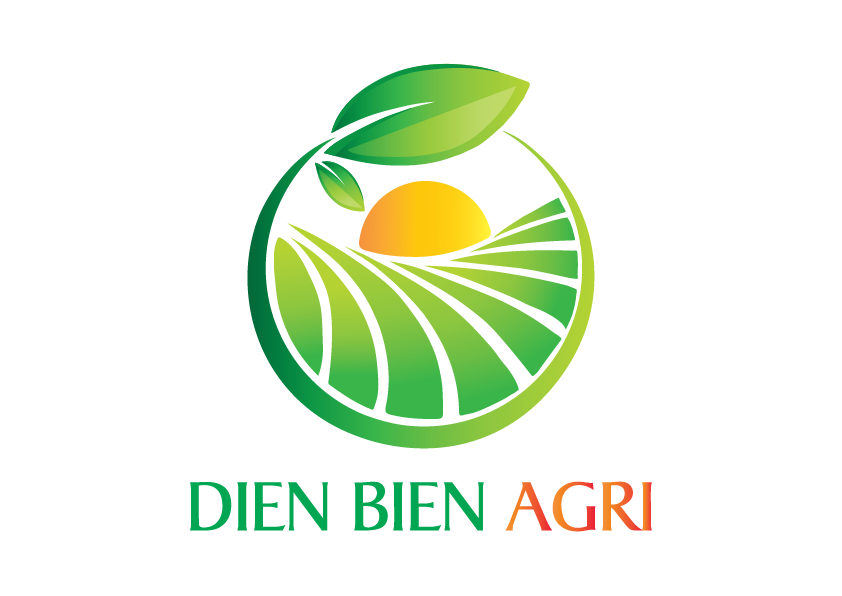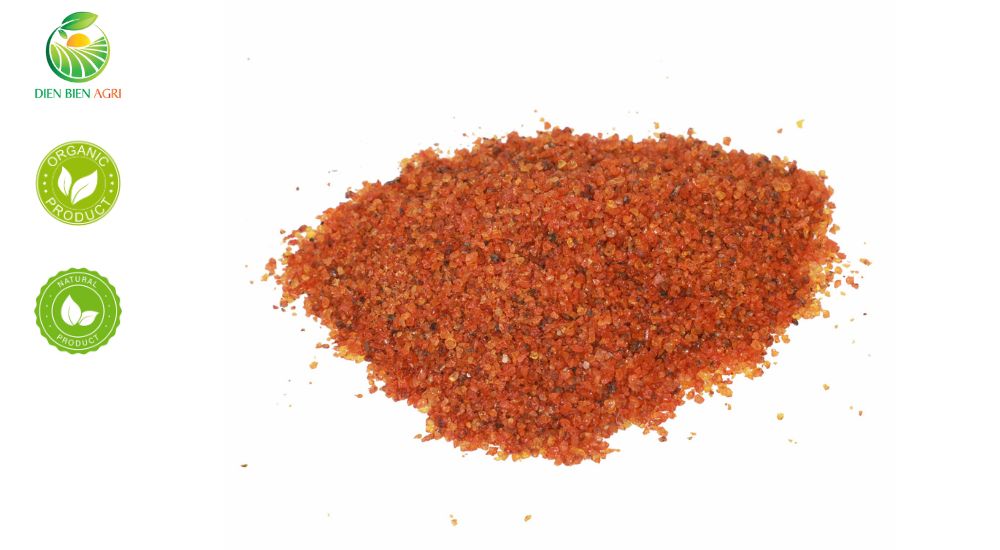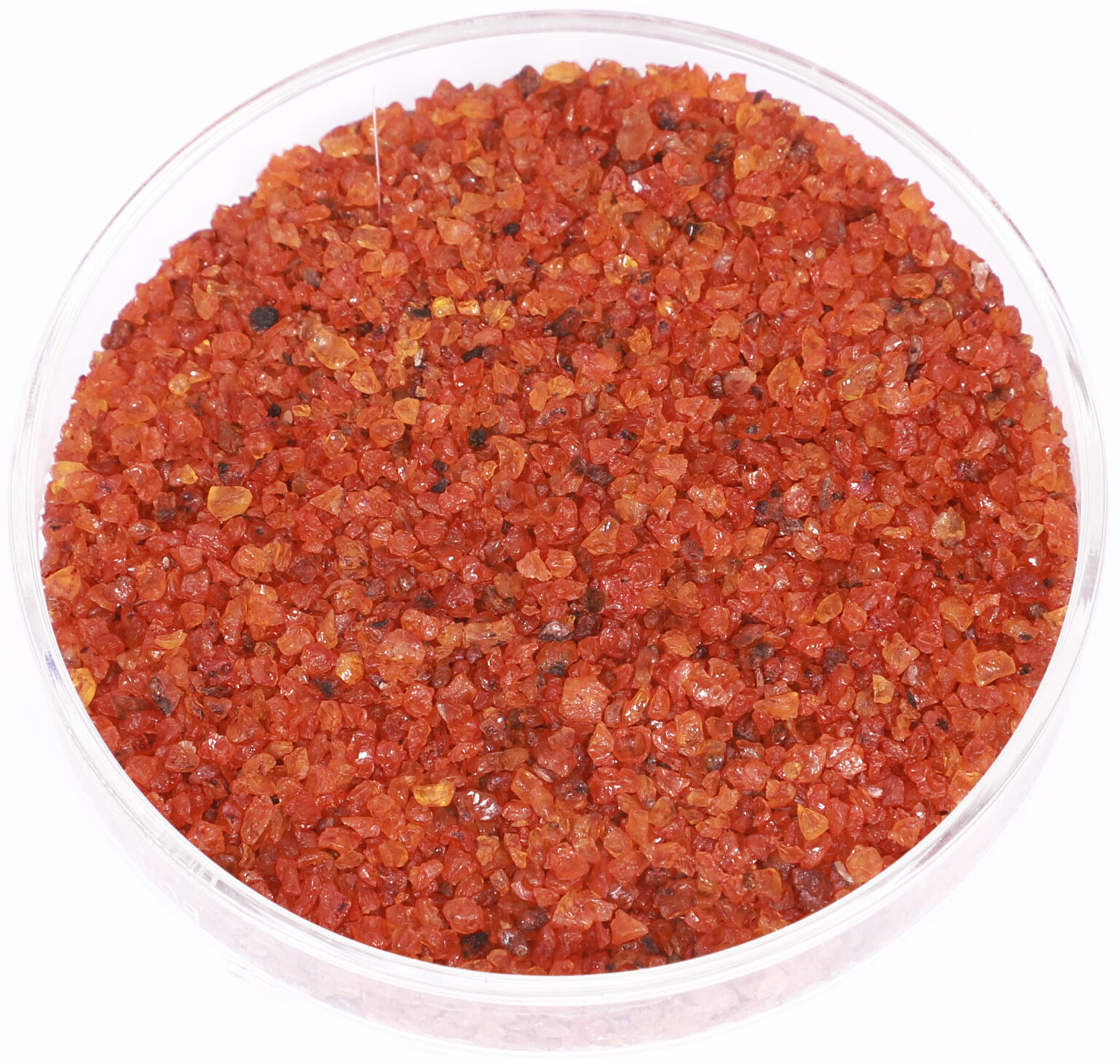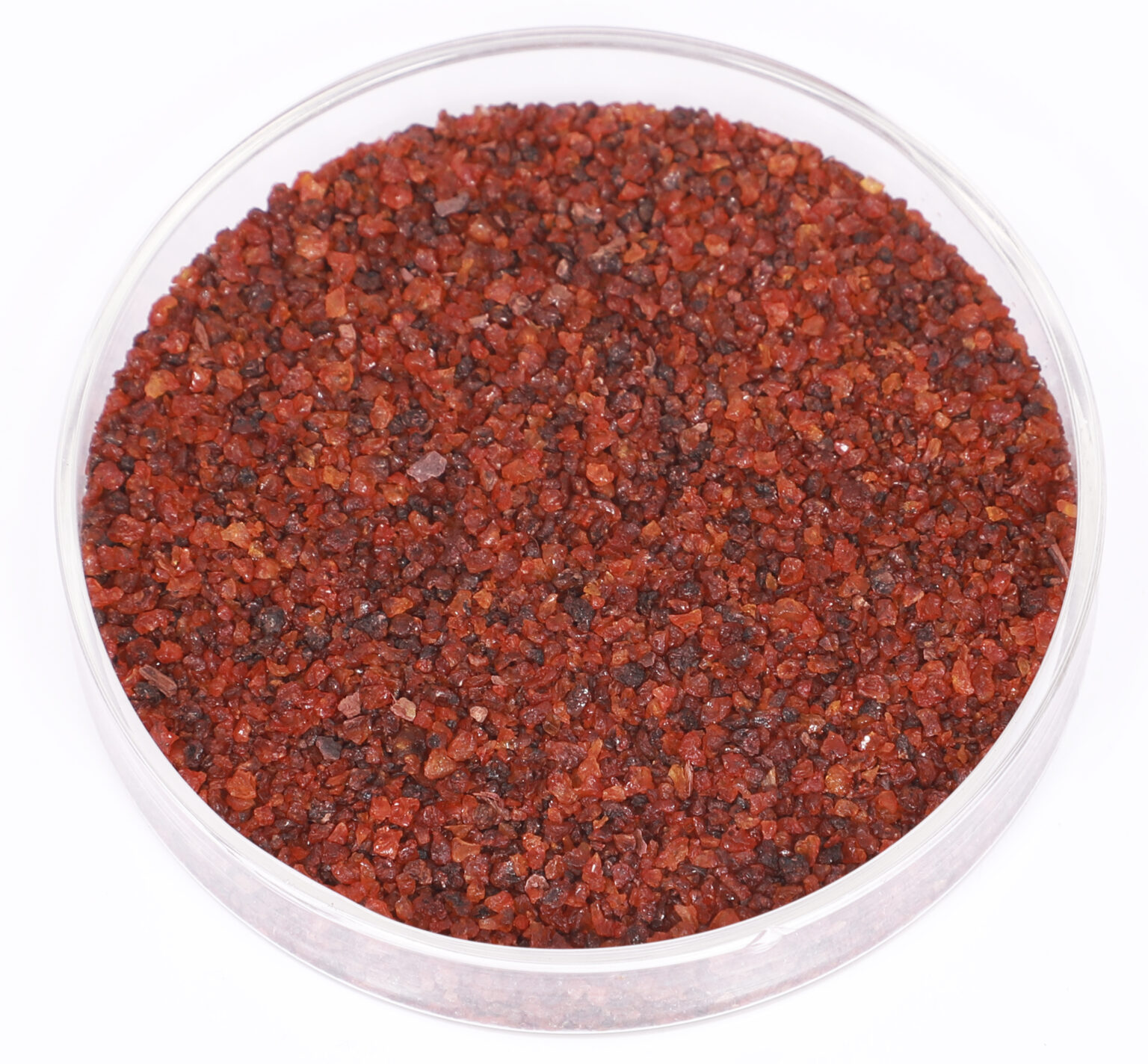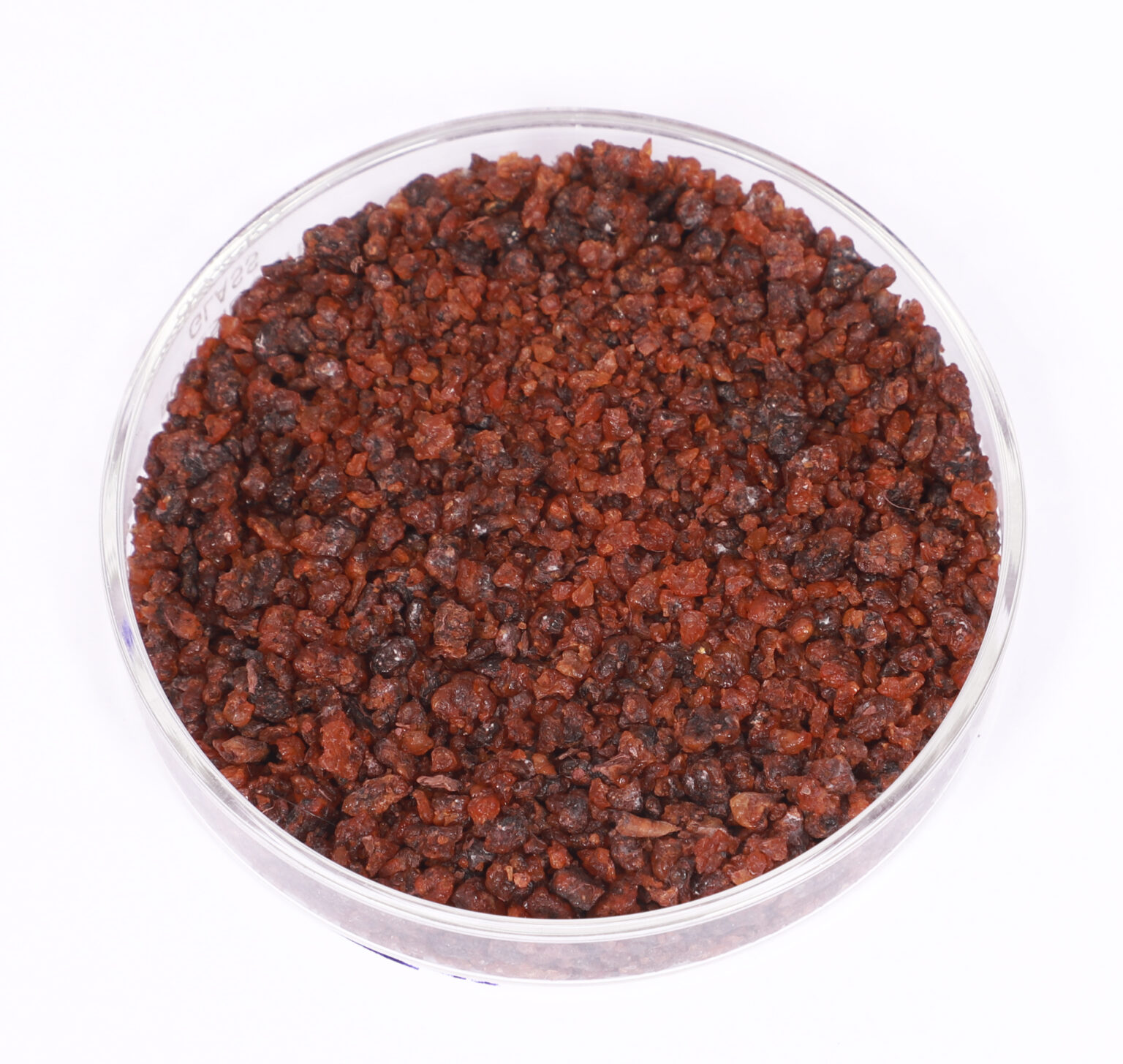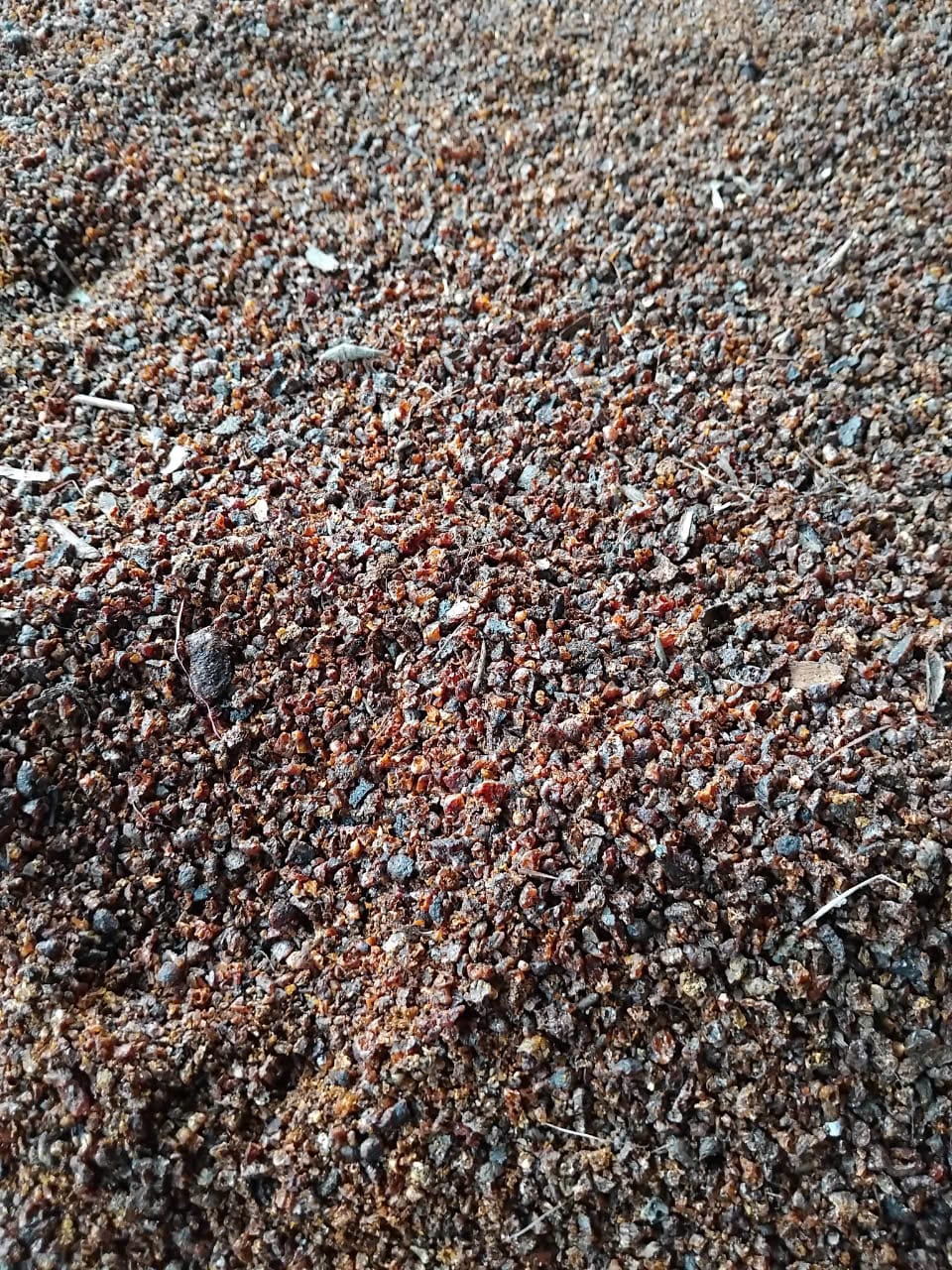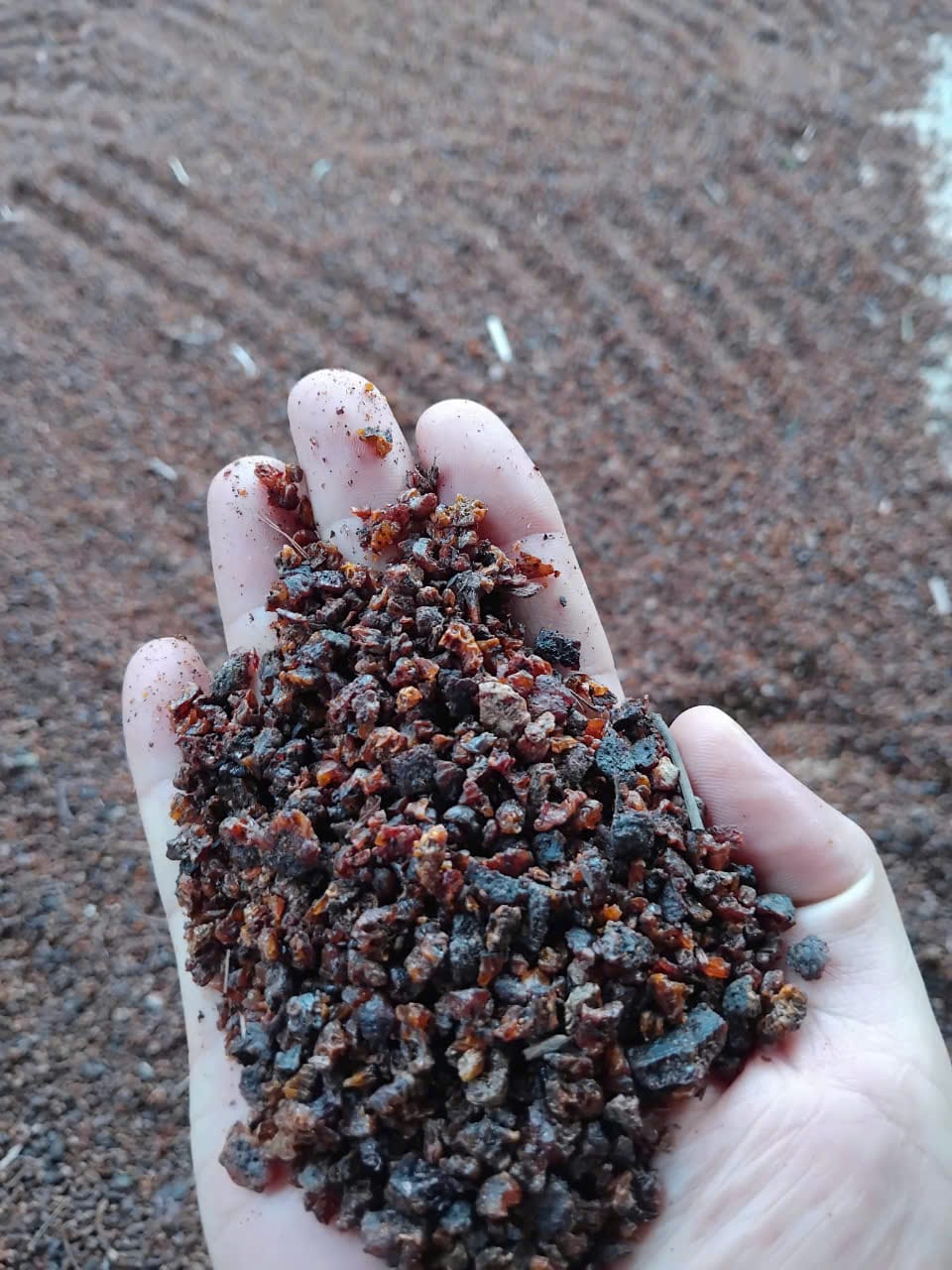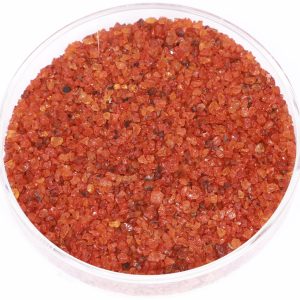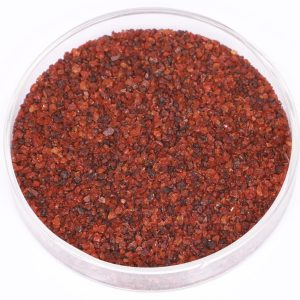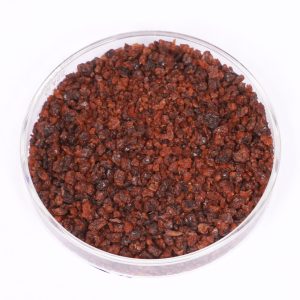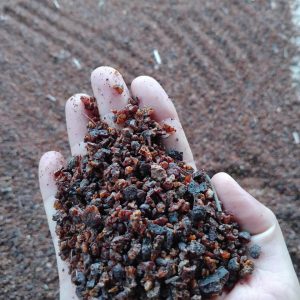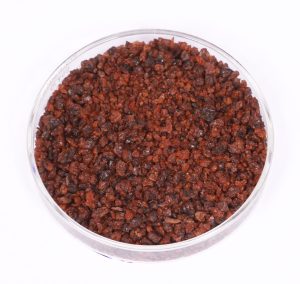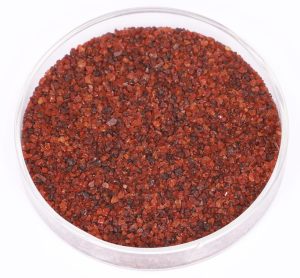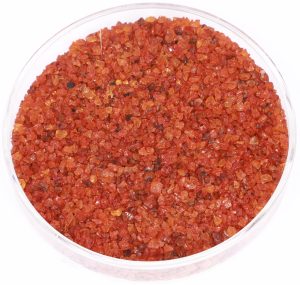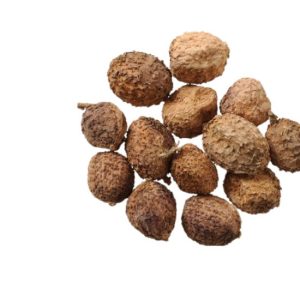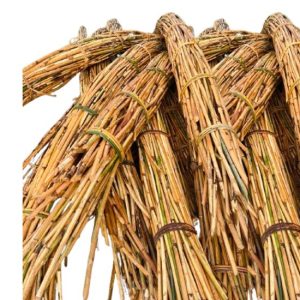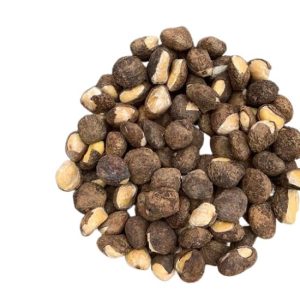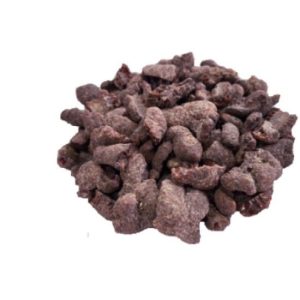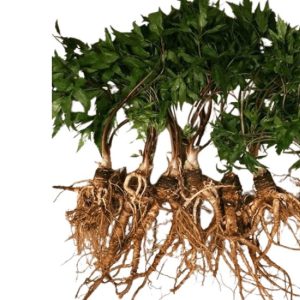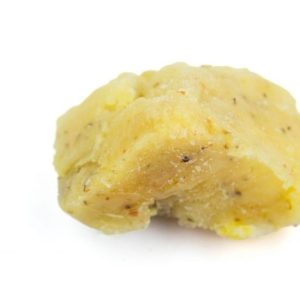Seedlac
500 ₫
Seedlac is a natural, raw resin secreted by lac insects. It’s the purified form of sticklac, widely used in food glazes, wood finishes, and pharmaceutical coatings for its natural properties and versatility.
SPECIFICATION:
- Origin Vietnam
- Crop: 2024
- HS code: 1301.90.99
- Moisture content: Maximum of 2%
- Foreign matter: Maximum of 5%
- Annual stock: 50 tons
- Packaging: 25 kg in plastic bag or carton box
- Container capacity: 20FCL: 12 tons
For international customers, WhatsApp us at: +84.973.447.926.
Natural Characteristics of Seedlac
Seedlac is a truly remarkable natural resin, representing the purest form of lac available after the initial processing of sticklac. Sourced from the resinous secretions of the tiny Laccifer lacca insect, cultivated on various host trees, this versatile material has been a cornerstone in countless industries for centuries. Its eco-friendly nature, coupled with its unique properties, makes seedlac an indispensable raw material for manufacturers seeking sustainable and high-performance ingredients.
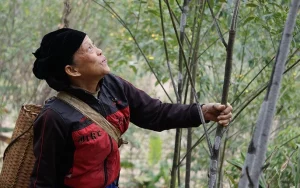
Farmer collect raw sticklac
What is Seedlac? The Foundation of Natural Coatings
At its core, seedlac is the cleaned and granulated form of sticklac, which is the raw resin harvested directly from host tree branches infested with lac insects. The meticulous processing of sticklac involves crushing, sieving, and washing to remove impurities such as insect bodies, wood particles, and water-soluble dye. This results in the granular, reddish-brown resin known as seedlac. It serves as the fundamental building block for various other lac derivatives, most notably shellac, which undergoes further refining processes.
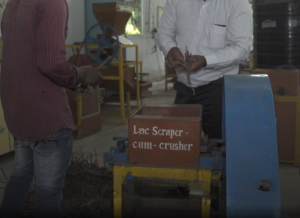
The production of seedlac is a testament to sustainable agricultural practices. Lac insects are cultivated on specific host trees, thriving in their natural environment. This symbiotic relationship ensures a renewable source of this valuable resin, aligning perfectly with the growing global demand for natural and eco-conscious materials. Countries like India and Thailand are major producers, with emerging markets such as Vietnam also contributing to the global supply of quality seedlac.
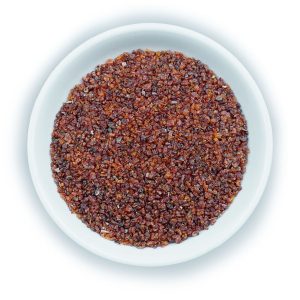
Seedlac after crushing
Seedlac Grade
The washing process removes the natural dye from sticklac, along with other impurities such as sand, wood debris, and insect remains. This operation typically lasts between two to three hours and requires large volumes of water. A rotary mechanism inside the barrel agitates the sticklac, aiding in the thorough cleansing of the material.
The used water, discharged from the barrel, is often spread over fields to dry. Occasionally, the dried residue is repurposed as a pesticide or fertilizer, though this practice has become less common in recent years. The duration and method of washing significantly affect the quality of the resulting seedlac.
Different grades of seedlac undergo varying levels of washing:
-
Single Wash: A basic rinse, with little or no soda, lasting about 45 minutes.
-
Double Wash: Involves washing with a small amount of soda (750g per 500kg of sticklac) for about 20 minutes, followed by rinsing with water for 25 minutes. The process is complete when water passing through a 60-mesh screen appears clear.
-
Triple Wash: Begins with a 20-minute water rinse, followed by soda washing (1kg per 500kg of material) for 45 minutes (medium quality) or up to 1 hour (superior quality), and ends with an additional water rinse for 30–35 minutes. Washing continues until the outgoing water runs completely clear, indicating the absence of pigment.
Single wash Double wash Triple wash
After washing, the seedlac is spread out on an open cement floor to dry. Using a tool called a patri—a flat wooden strip with a long handle—the seedlac is continuously turned and rolled from one side to the other to ensure even drying.
This drying process typically takes one to two hours. To allow enough time for drying before the day ends, washing is generally completed no later than 2 p.m.
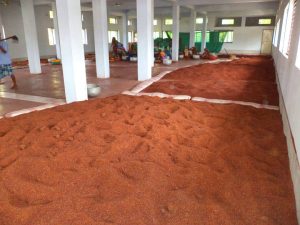
Drying seedlac
Applications of Seedlac
The unique properties of seedlac—including its excellent adhesion, high gloss, hardness, and electrical insulating capabilities—make it suitable for an extensive range of applications. Its non-toxic, tasteless, and non-injurious-to-health attributes further enhance its appeal, particularly in sensitive industries.
Food and Pharmaceutical Industries
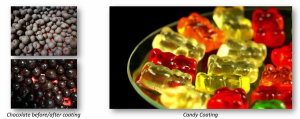
Coatings and Varnishes

Other Industrial Uses
Beyond these major sectors, seedlac finds its way into numerous other industrial applications:
- Printing inks: Enhancing adhesion and vibrancy in various ink formulations.
- Leather finishing and shoe polish: Providing a protective and glossy finish to leather products.
- Cosmetics and perfumery: Serving as a natural ingredient in formulations for its film-forming and binding properties.
- Adhesives and binders: Its powerful bonding capabilities make it useful in various adhesive applications.
- Grinding wheels and gasket cement: Acting as a binding agent.
- Dental plates: Used in some dental applications due to its non-toxic nature.
Quality and Supply of Seedlac
At Dien Bien Agri, we commit our seedlac undergoes stringent quality control to meet international standards. We work closely with our suppliers to ensure sustainable harvesting and ethical production. Dien Bien Agri is a trusted partner for this premium natural material. Whether you need seedlac for traditional uses or new innovations, its inherent qualities make it an excellent choice.
Read more: 5 things about seedlac.of Dien Bien Agri
Contact us for more information:
Tel/WhatsApp: +84.973.447.926.
Email: [email protected]
Add: Thanh Minh Commune, Dien Bien City, Vietnam
Factory: Bai Dai Village, Tien Xuan Commune, Thach That District, Ha Noi City, Vietnam
Related products
DIEN BIEN FOREST PRODUCTS
DIEN BIEN FOREST PRODUCTS
DIEN BIEN FOREST PRODUCTS
DIEN BIEN FOREST PRODUCTS
DIEN BIEN FOREST PRODUCTS
DIEN BIEN FOREST PRODUCTS
DIEN BIEN FOREST PRODUCTS
DIEN BIEN FOREST PRODUCTS
